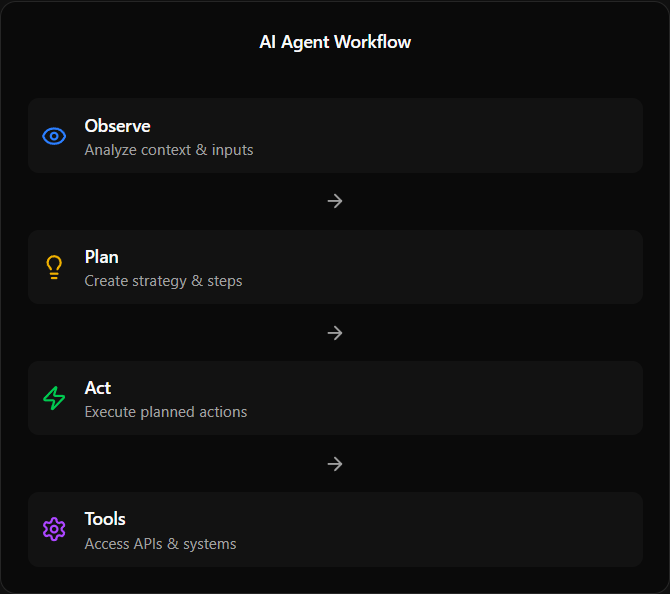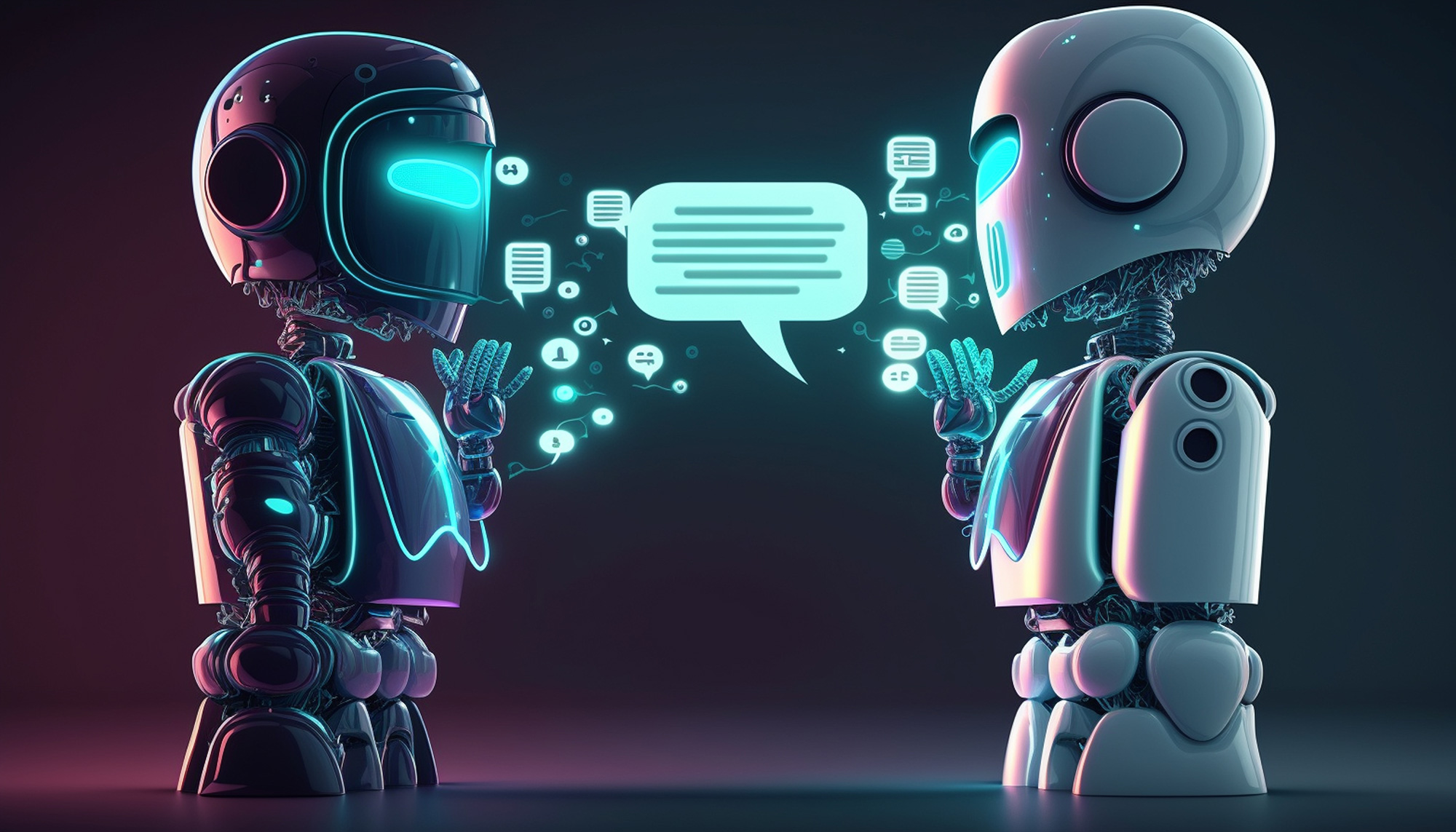Not long ago, a product lead asked us if they should upgrade their chatbot or rebuild it as a custom AI agent.
Same use case. Same business goal. Two wildly different outcomes.
That question isn’t rare anymore. And the answer depends on whether you’re building a surface-level interaction or delegating actual process ownership.
Most teams still treat “chatbot” and “AI agent” like interchangeable terms. But if you’re automating with the wrong architecture, you risk building a slick interface on top of shaky execution. You know, the kind that looks great in a demo but breaks under real usage.
This guide breaks down what each one actually is, where they work best, and how to decide what to build in 2025.
What Is a Chatbot?
We’ve inherited projects where the previous provider:
- Delivered 80-page reports with no prioritization
- Flagged safe ports as “critical” vulnerabilities
- Missed cloud misconfigurations entirely
What those providers lacked wasn’t tools. It was thinking.
Be cautious of:
- Providers who won’t show you a sample report
- Engagements scoped only to automated scans
- Fixed-price models that discourage post-engagement support
- Zero visibility into how the test environment is managed


What Is a Custom AI Agent?
A custom AI agent is more than a chatbot with GPT duct-taped to it.
It’s a task owner. It is built to handle complex, dynamic workflows across tools, data, and decisions.
- It responds and observes, plans, and acts.
- It can use tools, retrieve data, remember context.
- It integrates with APIs, manages state, and navigates ambiguity.
This is where you stop building interfaces and start building workflows.
Think: Claims processing, onboarding flows, fraud detection, procurement workflows. Anywhere with logic, branching, and business rules.
Custom AI agents don’t just improve user experience, but also automate decision-making. Instead of routing a ticket, they close it. Instead of surfacing a form, they fill it.
If a chatbot is a menu, a custom AI agent is a sous-chef. They take the order, prepping the dish, plating it, and notifying the server.
AI Agent vs Chatbot: Key Differences
Side-by-side comparisons help, but real clarity comes from application context. Here’s a breakdown to separate capability from hype:
| Trait |
Chatbot
|
Custom AI Agent
|
|---|---|---|
|
Task Scope
Chatbots handle one request at a time, while agents can manage complex workflows with multiple interconnected steps.
|
Single-turn | Multi-step + goal-oriented |
|
Adaptability
Chatbots operate within fixed parameters. They follow a predetermined path and can only manage what they're explicitly programmed to handle. Custom AI agents, on the other hand, adapt to changing inputs. They can revise actions midstream, making decisions based on real-time variables, not just a preset script.
|
Static flows | Dynamic planning |
|
Context Awareness
A chatbot resets with every session. It has no memory of what came before. AI agents remember. They can store context from previous interactions or earlier stages of a process. This memory allows for more fluid, personalized, and outcome-driven workflows.
|
Stateless | Memory + state |
|
Tool Usage
A chatbot might call an API to check an order status — and that’s often where it ends. AI agents can chain multiple tools, interpret the results, and take next steps. They’re more like mini-platforms that can interact with CRMs, databases, knowledge bases, and third-party tools to complete a task end-to-end.
|
Basic API calls (if any) | Complex orchestration |
|
Business Impact
Chatbots are cost-cutters. They handle volume at scale. But AI agents create new business leverage. They don’t just reduce the workload — they unlock new workflows. Agents can drive revenue by owning processes like onboarding, procurement, support resolution, and more.
|
Cost reduction | Process ownership + revenue leverage |
|
Dev Complexity
Chatbots are plug-and-play. With no-code tools, you can build one in an afternoon. AI agents? Not so much. They require coordination across APIs, memory, decision-making models, and data. The payoff is bigger — but so is the technical investment.
|
Low (no-code platforms) | High (multi-system orchestration) |
|
Deployment Speed
Chatbots can be built fast because they’re static. You define the flow, hit publish, and go. AI agents take time. You’re not just building a script — you’re designing a system that needs to learn, adapt, and operate across real business logic.
|
Days | Weeks to months |
When to Use a Chatbot
Let’s not undervalue the chatbot. Despite the agent hype, chatbots still offer significant benefits when deployed intelligently.
You should use a chatbot when:
- You need something live next week.
- Your use case is narrow and repetitive.
- The goal is deflection, not depth.
- The user journey is predictable and unambiguous.
Chatbots thrive in structured environments. They’re ideal for handling high-volume, low-complexity interactions. Think of them as digital receptionists: fast, consistent, and low-cost. Perfect for first-line triage or routine tasks that don’t require interpretation or memory.
They work. Until they don’t. And that line is moving fast.

When to Build a Custom AI Agent
Custom AI agents are not about replacing human conversations. They’re about replacing human action.
You should build one when:
- You want to own an outcome, not just assist it.
- Your task spans multiple systems or steps.
- Context, memory, or autonomy matter.
- The process has decision points, variables, or data lookups.
Agents shine when the task is bigger than a back-and-forth. They’re built to handle ambiguity, switch contexts, and deliver outcomes. That’s what separates a helpful assistant from a real operator.
In 2025, the real leverage isn’t in having a bot. It’s in having an agent that does things without needing hand-holding.
This is about moving from front-end UX to back-end execution.
Common Pitfalls When Choosing Between Chatbot and Agent
Even smart teams (especially those moving fast) run into traps when deciding between chatbots and agents. The pressure to ship something that “feels intelligent” often outweighs deeper architecture decisions.
Common missteps include:
The rise of LLMs has created excitement — and confusion. Many teams rush to plug models into chat interfaces without asking the hard question: is this a chatbot, or does it need to be an agent?
Here’s what often goes wrong:
- Mistaking “chat” for intelligence.
- Assuming LLM = agent.
- Starting with UI instead of architecture.
- Deploying scripted bots where planning is needed.
- Thinking persona > process.
A chatbot with a name and tone is still a chatbot. If it can’t reason, retrieve, or decide — it’s not an agent, no matter how clever the responses sound.
If you’re layering workflows over a brittle flowchart, you’re not scaling — you’re stalling. The future isn’t more dialogs. It’s fewer decisions made by humans.
2025 Trendline: Stack Shift to Agents
The shift is already underway.
- LLMs are moving into the backend, not just the chat layer.
- Open source frameworks like LangGraph, AutoGen, CrewAI are driving multi-agent workflows.
- Agent-first design is emerging — where software isn’t reactive, but proactive.
- Enterprises are asking: can it own this process, end-to-end?
You’re no longer competing on UX polish. You’re competing on task ownership.
The winners in 2025 won’t be the ones with the best chatbot. They’ll be the ones whose agents run the process, resolve the issue, and drive the business outcome — without human assistance.
This isn’t just a tech shift. It’s a mindset shift: from interface to intelligence.
FAQs: Custom AI Agents vs Chatbots
Can a chatbot become a custom AI agent?
Not really. You can put a chat interface over an agent, but architecture matters more than UX.
Is a custom AI agent always better?
Only if the task requires it. For FAQs or routing, a chatbot is faster and cheaper.
What's the ROI difference?
Chatbots save time. Custom AI agents drive ownership, accuracy, and net-new value. The ROI isn’t just efficiency — it’s expansion into workflows previously too costly to automate.
What tech stack do I need to build a custom agent?
LLMs (OpenAI, Claude), orchestration frameworks (LangChain, CrewAI), memory layers, tool APIs, and a clear task model. It’s less about tools — more about the glue.
Are enterprises using these today?
Yes. Insurance, fintech, logistics — anywhere there’s a repeatable process with variables and decisions. The demand is shifting from chatbots that help to agents that handle.
How do I know which one I need?
Start from the outcome. If it’s a task with steps, conditions, and exceptions — that’s agent territory. If it’s just surface-level interaction, chatbot may be enough.
Final Word: Build What Buys You Leverage
Chatbots aren’t dead. They’re just not evolving fast enough to meet the demands of modern operations.
Custom AI agents aren’t hype, they’re how modern orgs turn LLMs into ops.
If you’re building in 2025, and you’re not thinking in terms of agents, you’re building UI without leverage.
The market won’t wait for you to wire up another scripted flow.
Build for ownership. Or get automated by someone who did.
Ready to Build Smarter?
Have a Specific Use Case in Mind?

